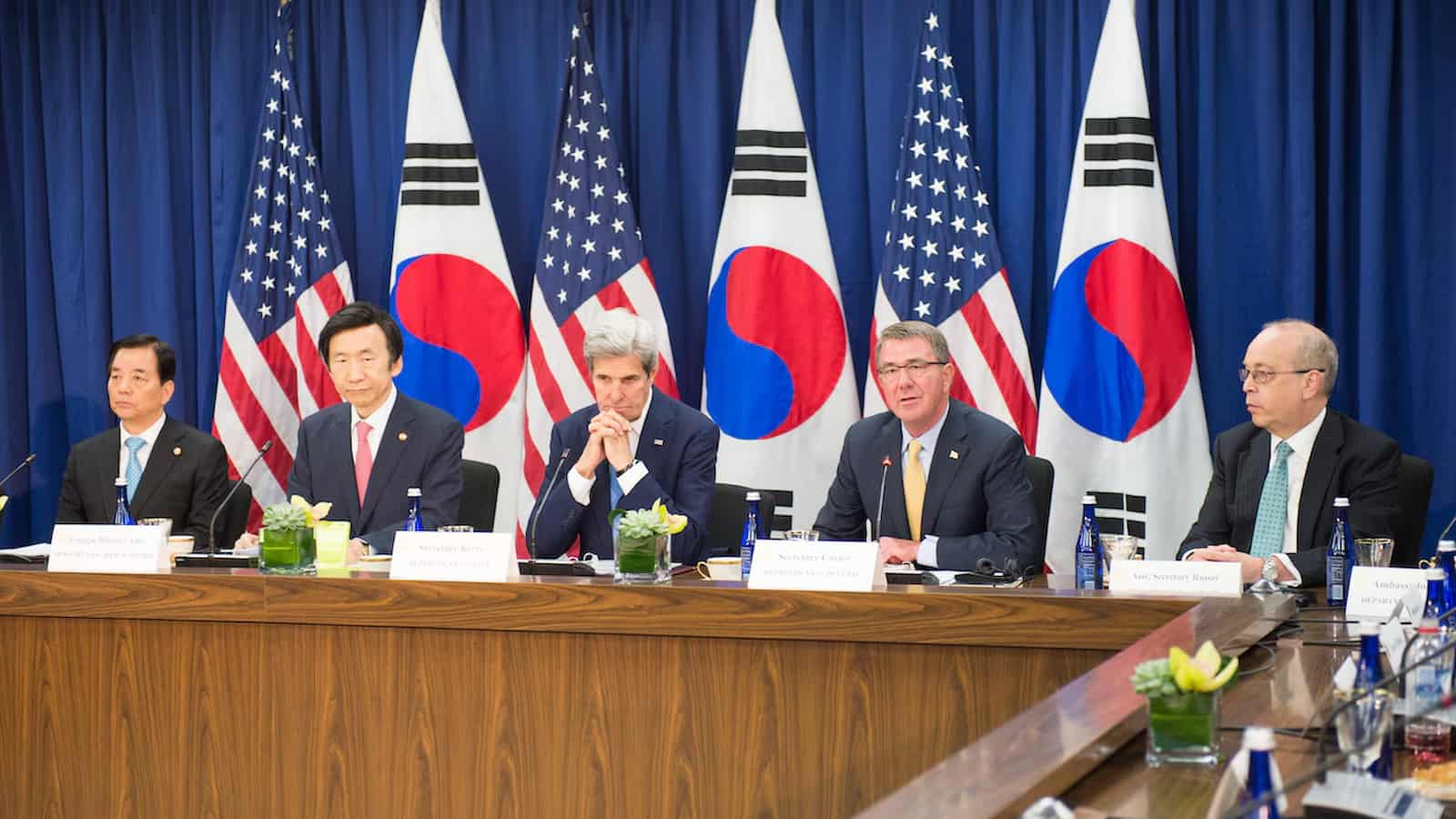South Korea and US Defense meet: Seoul, June 11 A day after holding nuclear deterrence discussions against North Korean threats, senior defense officials from South Korea and the US paid a visit to a crucial Army unit that oversees missile operations on Tuesday, according to the defense ministry.
The third Nuclear Consultative Group (NCG) meeting of the allies took place in Seoul on Monday. After the meeting, Cho Chang-rae, who is the deputy minister of defense for policy, and Vipin Narang, who is the acting US assistant secretary of defense for space policy, went on a tour of the Missile Strategic Command at an unknown location.
Neutralizing Two Russian Aircraft: Ukrainian Ministry of Defense states downing a Su-34 is easy
The two sides conducted a review of their shared rules for how they would respond in the event of a nuclear crisis with North Korea and talked about combining the allies’ conventional and nuclear weapons to increase deterrence during the NCG session.
“This visit took place for the first time between South Korea and the United States to confirm the South’s advanced conventional capabilities that can contribute to conventional-nuclear integration, a key task of the NCG,” said the ministry.
According to the ministry, Narang stated that the tour offered a good chance to verify that the South’s conventional capabilities had advanced significantly and that it supported its proposal to create a strategic command.
As per Republic World, South Korea intends to establish the command to serve as the primary organizing body for its primary military armaments, such as ballistic missiles, stealth planes, and 3,000-ton submarines.
Additionally, he reiterated the contents of the Washington Declaration, which US President Joe Biden and South Korean President Yoon Suk Yeol signed during their summit in April of last year. The document said that if North Korea launched a nuclear attack, strong action would be taken right away.
The defense ministry released a photo showing South Korean and US officials in front of a transporter erector launcher of an unidentified missile at the unit.
In an attempt to strengthen the legitimacy of extended deterrence in the face of the North’s persistent efforts to progress its weapons programs, the NCG was created under the terms of the Washington Declaration.
The US commitment to defending an ally with the entire might of its armed forces, including the nuclear deterrent, is known as extended deterrence.



